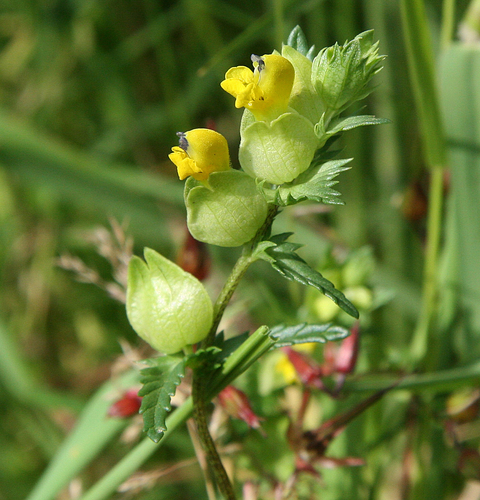Perhaps surprisingly, if you want wildlife diversity, it’s possible to have too much grass. Certainly too much of the fast-growing species that make up most lawns and seed mixes. Left to their own devices, those are likely to produce rough grassland. Good for some butterflies and moths, but not so good for bees and other pollinators. It’s also not that attractive for humans to look at.
To get a good mix of flowering plants among the grass, we need to reduce the vigour of those fast-growing species. That gives more space and time for more attractive – both to us and insects – plants to establish themselves. Humans, centuries ago, accidentally discovered one way to do that. Cutting the grass in late summer and taking it away to feed animals over winter gradually reduces the fertility of the soil and slows the growth of the grass in subsequent years. In the last few decades, scientists have discovered that the result may actually be better feed for animals too.
But nature has a different – perhaps more sinister – way to achieve the same result. Yellow Rattle can grow on its own, but it thrives best among grass. That’s because below the ground, the Rattle’s growing roots tap into the roots of the grass, stealing water and nutrients for itself. A bit like a vegetable vampire, though the official term is hemi-parasite! That slows the growth of the grass, making room both for the rattle and for other meadow flowers.


